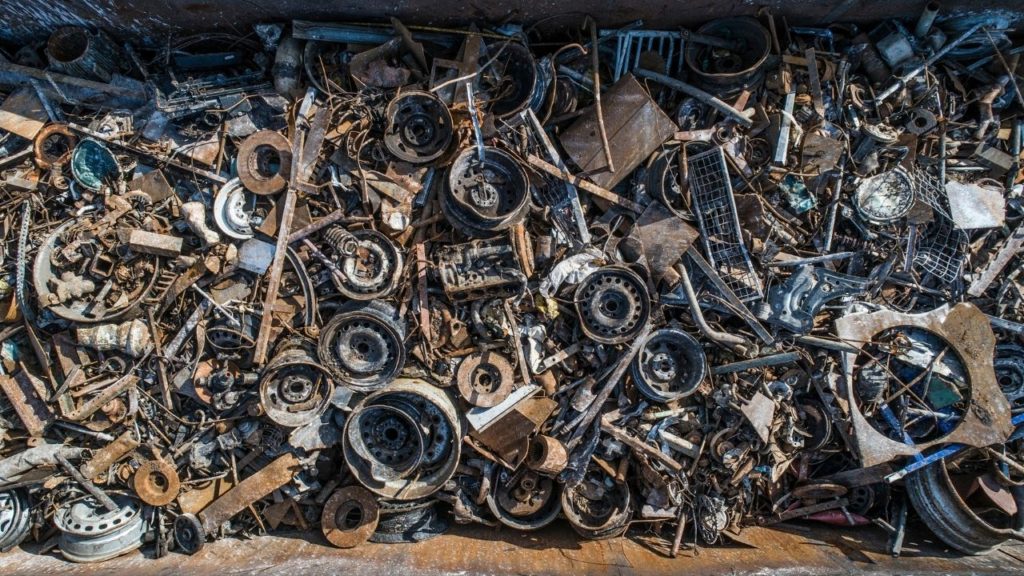
How Scrap Metal Recycling Has Changed In Recent Years
Some readers may be surprised to learn that the immigrants who got into the scrapping business out of sheer desperation successfully built operations that they’ve passed down to their children and grandchildren to this day. While scrap metal is indeed, in many cases, a family business, it’s a highly sophisticated family business, and it’s one that keeps evolving. Here are just a few examples of how scrap metal recycling has changed in recent years.
Increased Fluff Reclamation
Perhaps the last thing you would call a car is “fluffy.” That’s an adjective best left to cats, dogs, and marshmallows. In fact, auto recyclers refer to everything in a car that isn’t made of steel as the “fluff.” This encompasses rubber, plastic, textiles, and everything that’s left over after the imposing and powerful automotive shredder makes short work of a discarded car, and the electromagnet drags the steel away. It used to be that the fluff was immediately bound for the landfill, but with the other trace metals present in future fluff—particularly dangerous ones such as cadmium and lead—it’s important for recyclers to extract as much value from these leftovers as possible before consigning cars to the shredder. Auto recycling processes have become so efficient that nearly 85 percent of each car that leaves the road is recycled into future automobiles or other uses.
X Marks the Spot
X-rays aren’t just for the doctor’s office anymore. Just as electromagnets locate steel, dedicated aluminum recyclers are using X-ray fluorescence spectroscopy to locate valuable aluminum and ascertain its quality. Aluminum, with its improbable pairing of lightness and durability, is a metal that recyclers and manufacturers can ill afford to let go to waste. Handheld XRF detectors analyze sample material and report back on its composition, allowing recyclers to expedite their operations while guaranteeing the quality of their goods to their customers.
Artificial Intelligence
No examination of how scrap metal recycling has changed in recent years would be complete without the inclusion of artificial intelligence and the significant advances such technology represents. Recycling centers now feature highly sophisticated robots that work alongside humans, applying optical sorting technology to scrap metals. This enables them to identify valuable non-ferrous metals such as aluminum, copper, tin, and zinc and group them for further processing. The skills of these robots allow recycling facilities to strategically reallocate their human resources while the bots do more of the heavy lifting.
Keep Current With Our Electromagnets
As the scrap metal industry evolves, Moley Magnetics is evolving right along with it. The Moley Mag II ESB is a 24-volt scrap yard magnet that runs fully on battery power, freeing up generators for other tasks and allowing for maximum freedom of movement. Its lifting power becoming compromised due to overheating isn’t an issue to worry about. In order to stay at the forefront of recycling, look no further than Moley Magnetics.

